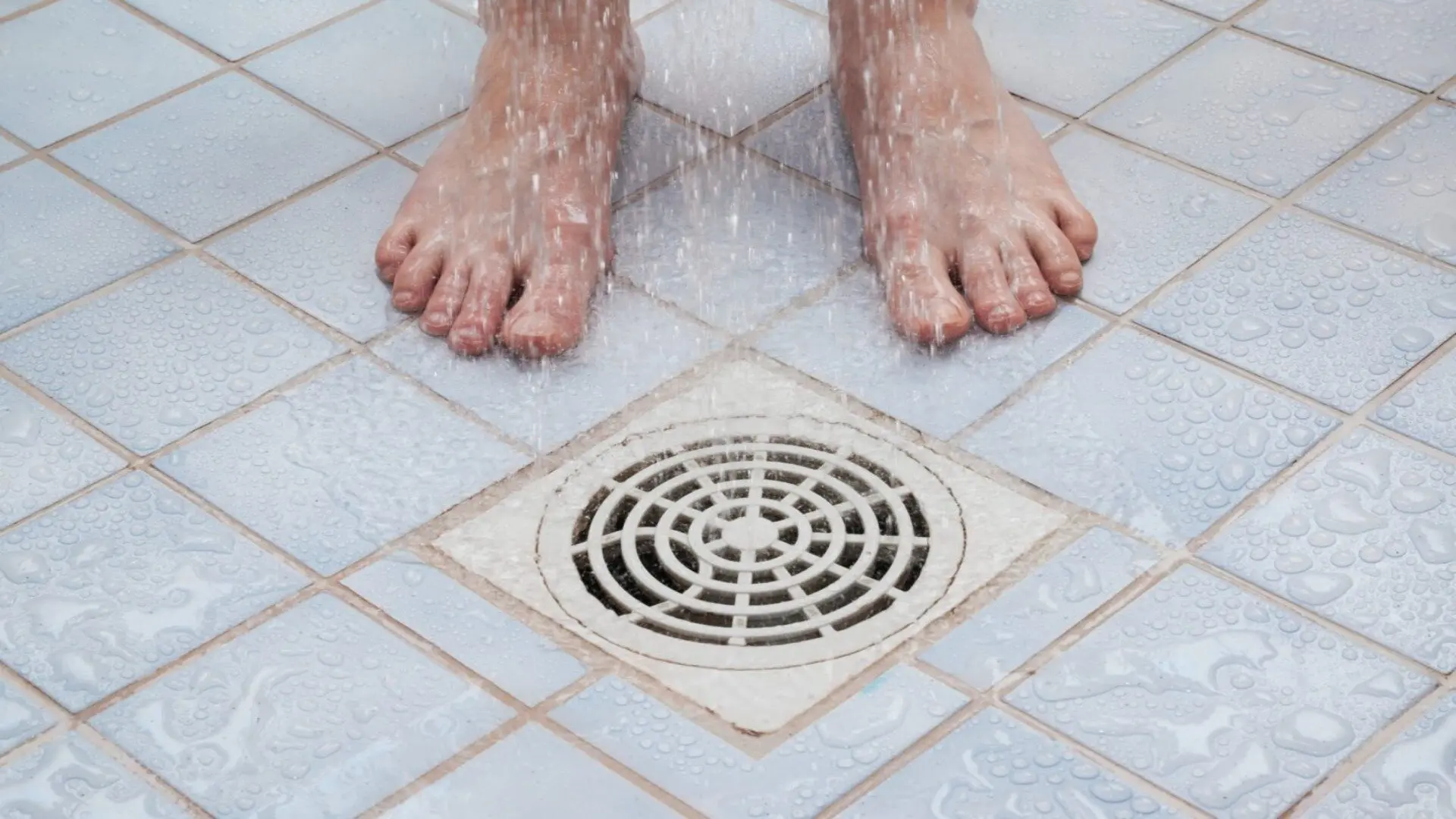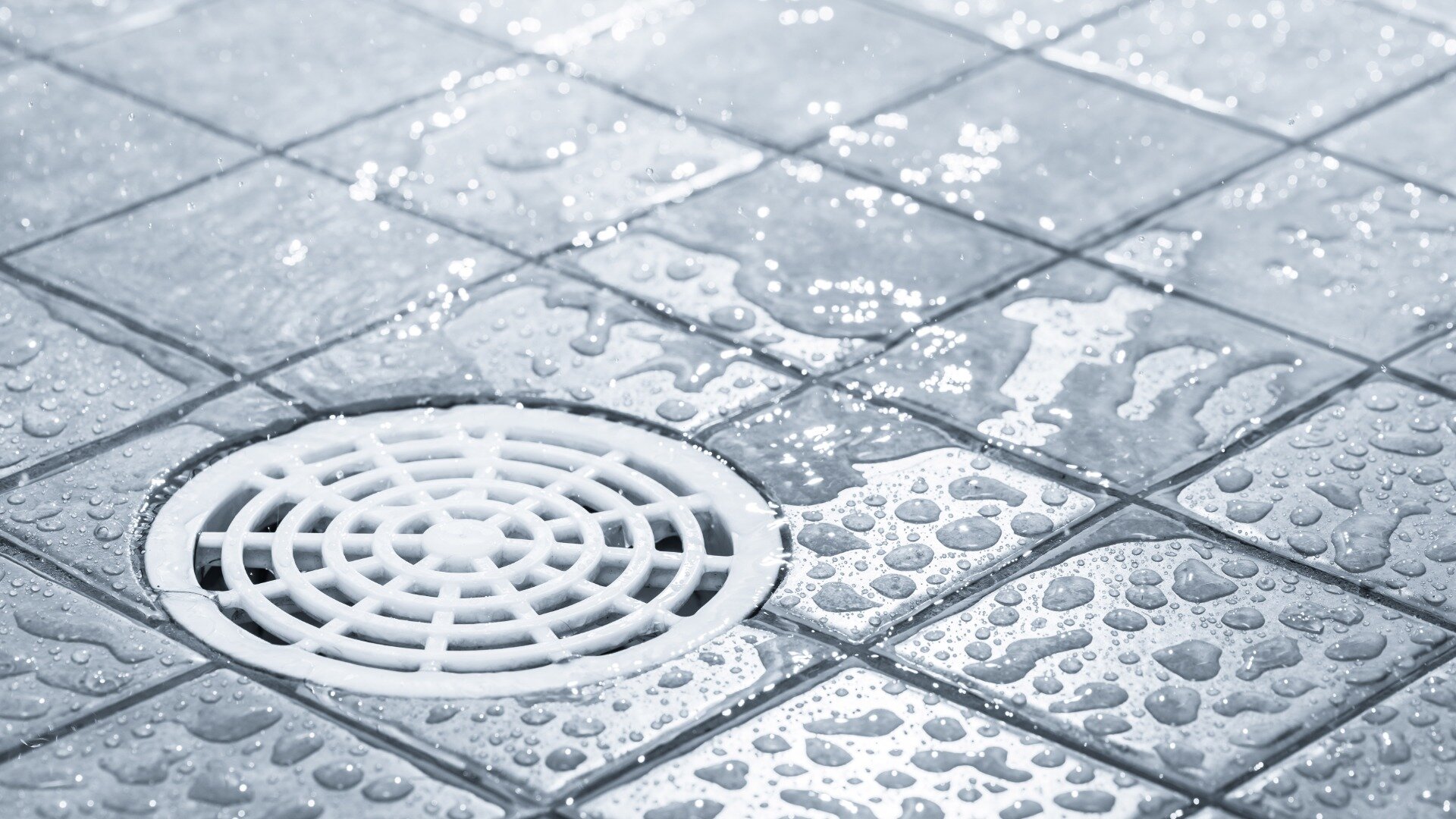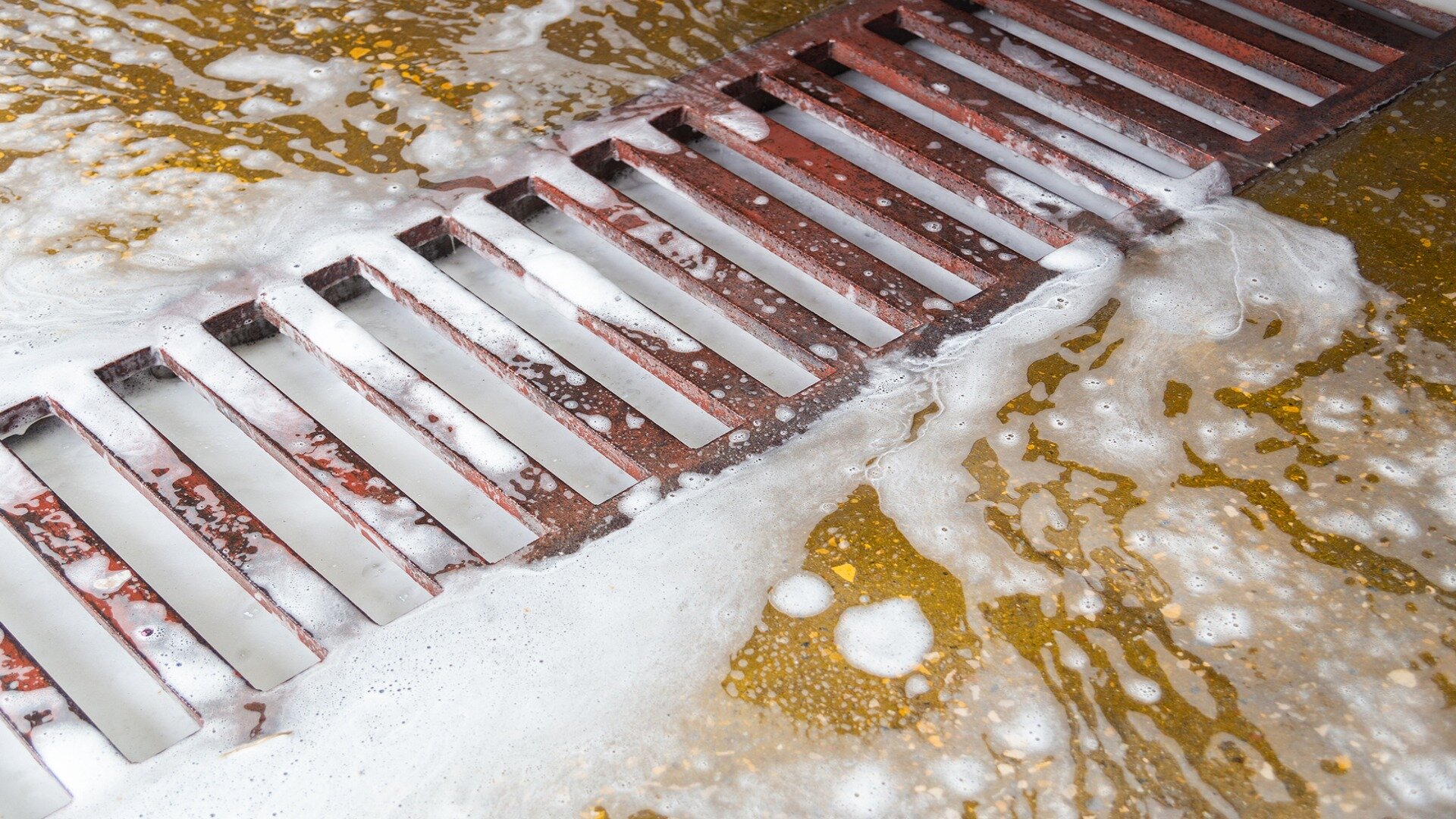
Few things are more inconvenient than finding your floor drain backed up. Be it a shower drain clog, a flooded basement, or even water pooling in the garage, such blockage can turn your home into a mess. Knowing how to clear floor drain clogs is a handy skill every homeowner should have.
In this post, we’ll cover some simple tips and tricks for unblocking floor drains throughout your home. We’ll discuss common causes of drain clogs and easy solutions you can try yourself before calling a plumber. From using a drain snake to dissolving clogs with chemicals, you’ll walk away with practical advice for keeping your floor drains flowing freely and preventing messy backups.
Why Floor Drains Get Clogged
There are several common reasons why floor drains become clogged over time. One primary cause is the accumulation of hair and debris in the drain.
Hair from bathing or showering routinely goes down drains, as does dust, pet hair, and other particles. The buildup of soap scum and hard mineral deposits from bathing products can also form obstructions in drain lines.
Everyday water usage brings along small particles like dirt, sand, rust, and silt, which settle at the bottom of the drains if not regularly cleaned. Additionally, tree roots often cause blockages, as their fine hairs can sneak into cracks in the drainage pipes.

Pouring grease, oils, and fat down the kitchen sink can create solid blockages in the drains. Occasionally, things like toys or washcloths might unintentionally make their way into the drains, adding to the problem.
Old cast iron or clay pipes under homes tend to corrode and crack over time, making them an easy target for tree roots to invade. Regular maintenance can help reduce clogs, but blockages can still crop up despite regular cleaning.
Tools Needed to Unclog a Drain
A few basic tools are useful to have on hand to clear common drain clogs around the home. A plunger is an essential tool for all drain issues.
Plungers use water pressure created by quick up and down motions to break up clogs in sinks, tubs, or floor drains. Another important item is a drain snake, which is a flexible coiled wire with a grabber or brush attachment at the end used to pull hair and debris out of clogged pipes.
Note: Drain snakes are good at unclogging drains but can damage pipes if not used correctly.

Chemical drain cleaners can help dissolve grease, soap scum, or mineral blockages. Enzymatic drain cleaners are gentle alternatives. A wet or dry vacuum quickly takes out standing water in cleared drains.
Small brushes or rods are handy for scrubbing soap scum or loosening debris in hard-to-reach drains. For tougher blockages, a rental drain rooter machine may be needed to mechanically clear tree root intrusions in main waste lines.
How to Unblock a Floor Drain
1. Remove the P-trap.
The P-trap is the curved drain pipe under the drain that traps water. Loosen the slip nuts or screws to detach it.
2. Clear debris in the P-trap.
Use a small bottle brush or screw to scrub inside and remove any buildup of hair, grime, etc. blocking the flow.
3. Snaking time.
Feed a drain auger or drain snake down the drain opening and turn clockwise to pull out any clogs further down the pipe. Start gently.
4. Drain cleaner.
Pour a chemical drain cleaner solution or baking soda and vinegar down the drain and let it sit to dissolve grease, soap scum.
5. Plunge it.
Use a plunger vigorously to create pressure waves that break up clogs farther down the drain line.

6. Wet vacuum
After plunging, turn the water on and use a wet or dry vacuum to suck out any loosened debris through the drain.
7. Repeat if needed.
You may need to repeat steps 2 through 6 a few times to clear stubborn blockages fully.
8. Flush with boiling water.
Run boiling hot water down the drain when finished to clear out any residual grime or cleaning agents completely. Be sure to collect any hair that’s lodged in the drain, and remember –action figures, cosmetics, and dental floss aren’t made for flushing! It’s worth keeping a small wastebasket beside the loo for all other sanitary, cosmetic, and grooming product waste. The last thing you want is a blocked toilet drain that doesn’t flush.
9. Reassemble P-trap.
Slide the P-trap back into place, hand-tighten the slip nuts, and test that the water drains freely.
Prevent Future Clogs
It is important to maintain drains regularly to prevent a blocked drain from recurring. One of the best preventative measures is to remove hair from blocked drains after each shower.
This can be as simple as grabbing loose strands and pulling them out. Do not pour fats, oils, and grease down the drain for sinks, as these will quickly solidify and block pipes.

An easy way to collect food scraps is to wipe sinks after use and deposit solids in the trash. Periodically running hot water or a baking soda or vinegar solution down drains also helps to dissolve mild buildups.
Outlets on roof guttering and basement floor drains should be kept clear of debris. It’s also a good idea to treat sewer lines prone to roots every 6-12 months using a root growth inhibitor treatment. Using basic plumbing maintenance steps, floor drains can be kept clean and clear to continue working properly for years.
When to Call a Plumber
You can tackle many minor drain clogs yourself. However, there are times when calling in professional help is a wise choice. If you’ve tried plunging, snaking, or using chemicals but are still having no luck after repeated attempts, it might be a sign of a bigger issue.
Standing water that does not fully drain even after snaking is also a sign of a serious clog. Flooding or backup in multiple drains or bathroom sink drains is generally beyond a do-it-yourself job.

Likewise, blocked main sewer or outdoor drain lines often require power tools or equipment to access. It’s also wise to call a plumber if tree roots completely obstruct a drain.
Professionals have the right machinery, tools, and expertise to clear large blockages quickly before costly damage occurs. In situations involving gas lines, determining structural issues, or potential health hazards, a plumber should always be consulted right away for safety.
Easy DIY Techniques To Unclog Your Drain Fast
We hope these tips and troubleshooting advice come in handy when dealing with a blocked floor drain. Often, you can sort out most clogs quickly with the right tools and knowledge. But as mentioned, bigger problems might need a plumber’s expertise. If you’ve tried everything and are still stuck with blockages, or face major sewer line issues, it’s time to call in a professional.
Fixed Today Plumbing offers reliable plumbing system repairs and drain cleaning services to keep your drains flowing freely. With state-licensed technicians and cutting-edge equipment, we can diagnose drain issues quickly and fix problems before damage occurs. We strive for transparent pricing and great customer service.
When you need drain maintenance, you can count on the team at Fixed Today Plumbing. Whether you’d like to schedule a service online or call us directly at 1800 349 338, our drain experts are always ready to help with any plumbing inquiries you have.














